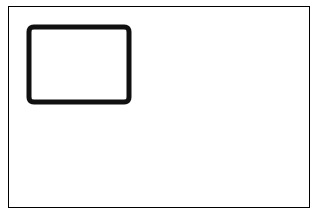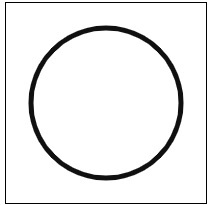
- HTML Canvas - Home
- HTML Canvas - Introduction
- Environmental Setup
- HTML Canvas - First Application
- HTML Canvas - Drawing 2D Shapes
- HTML Canvas - Path Elements
- 2D Shapes Using Path Elements
- HTML Canvas - Colors
- HTML Canvas - Adding Styles
- HTML Canvas - Adding Text
- HTML Canvas - Adding Images
- HTML Canvas - Canvas Clock
- HTML Canvas - Transformations
- Composting and Clipping
- HTML Canvas - Basic Animations
- Advanced Animations
- HTML Canvas API Functions
- HTML Canvas - Element
- HTML Canvas - Rectangles
- HTML Canvas - Lines
- HTML Canvas - Paths
- HTML Canvas - Text
- HTML Canvas - Colors and Styles
- HTML Canvas - Images
- HTML Canvas - Shadows and Transformations
- HTML Canvas Useful Resources
- HTML Canvas - Quick Guide
- HTML Canvas - Useful Resources
- HTML Canvas - Discussion
HTML Canvas - drawFocusIfNeeded() Method
The HTML Canvas drawFocusIfNeeded() method of CanvasRenderingContext2D interface from the Canvas 2D API adds focus to the existing path or a given path when provided.
Syntax
Following is the syntax of HTML Canvas drawFocusIfNeeded() method −
CanvasRenderingContext2D.drawFocusIfNeeded(given_path, element);
Parameters
Following is the list of parameters of this method −
| S.No | Parameters and Description |
|---|---|
| 1 |
given_path
The available path in the canvas to use. |
| 2 |
element
The current element in canvas to check if it is focused or not. |
Return Value
For an existing path or a new path, its elements are focused and returned by using the above method.
Example
The following example adds focus to the rectangular button when needed using HTML Canvas drawFocusIfNeeded() method.
<!DOCTYPE html>
<html lang="en">
<head>
<title>Reference API</title>
<style>
body {
margin: 10px;
padding: 10px;
}
</style>
</head>
<body onload="Context();">
<canvas id="canvas" width="300" height="200" style="border: 1px solid black;">
<input id="button" type="range" min="1" max="10">
</canvas>
<script>
function Context() {
var canvas = document.getElementById("canvas");
var context = canvas.getContext("2d");
var button = document.getElementById("button");
button.focus();
context.beginPath();
context.rect(20, 20, 100, 75);
context.drawFocusIfNeeded(button);
}
</script>
</body>
</html>
Output
The output returned by the above code on the webpage as −

Example
The following example adds focus to the circle button when needed.
<!DOCTYPE html>
<html lang="en">
<head>
<title>Reference API</title>
<style>
body {
margin: 10px;
padding: 10px;
}
</style>
</head>
<body onload="Context();">
<canvas id="canvas" width="300" height="200" style="border: 1px solid black;">
<input id="button" type="range" min="1" max="10">
</canvas>
<script>
function Context() {
var canvas = document.getElementById("canvas");
var context = canvas.getContext("2d");
var button = document.getElementById("button");
button.focus();
context.beginPath();
context.arc(100, 100, 75, 0, 2 * Math.PI);
context.drawFocusIfNeeded(button);
}
</script>
</body>
</html>
Output
The output returned by the above code on the webpage as −
